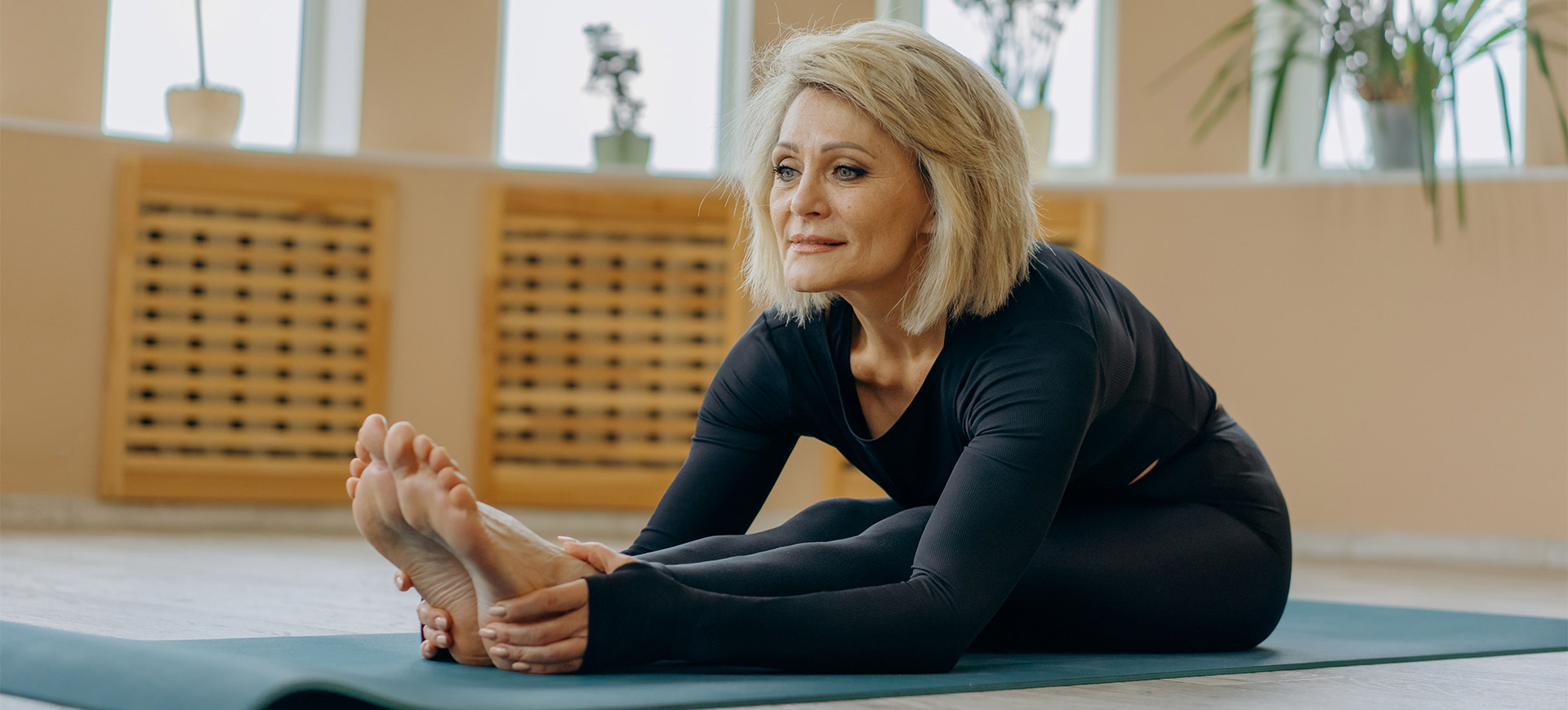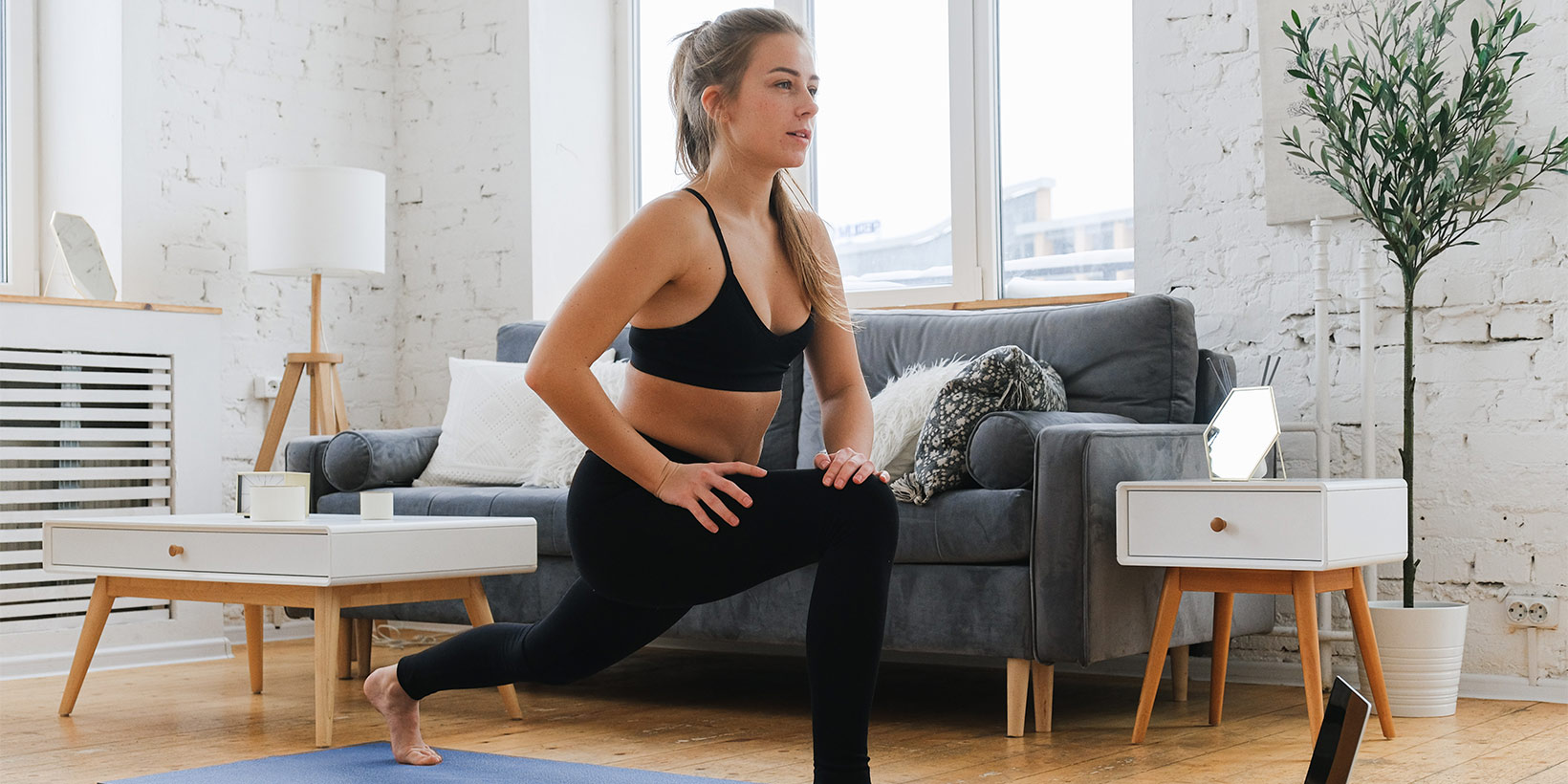
10 Tips on Hosting a Flexibility Workshop
People of all ages can benefit from being more flexible. It’s an essential skill that improves quality of life, so instructors should take each class seriously. You’ve got the power to help people simply by teaching them to stretch.
Whether it’s your first time hosting a flexibility workshop or you’ve held one a few times, you’ll benefit from learning new ways to make each class more engaging. Your students will come from diverse backgrounds, so it’s best to be ready for anything.
Here are 10 tips to help you host a yoga flexibility workshop so everyone benefits from your expertise.
Set Goals and Learning Outcomes
Imagine signing up for a college course that promises to teach you how to write essays. On your first day, the professor says they aren’t sure how things will go during the semester, but you’ll know what to do by finals week.
The class would go much smoother if the professor set goals throughout the course’s duration. Likewise, flexibility workshop leaders should create learning outcomes so everyone knows what they’ll learn and how they’re progressing.
Ask yourself what your participants want to achieve. It can be to increase their flexibility and range of motion, learn effective strategies and techniques for muscle groups, or enhance their understanding of the relationship between flexibility and yoga. Create a list of goals with your primary objective so everyone knows what they’ll experience in your workshop.
Staying open to constructive criticism allows yoga instructors to provide better experiences by tailoring their exercises to students' needs.
Identify the Duration and Format
An ongoing workshop requires scheduling for everyone involved. People must know how much time they’ll commit to your flexibility classes before signing up. Research shows that Americans have roughly five hours of free time daily, so your future participants will need to add your course according to their schedules.
The length of your workshop depends on the content and activities you want to teach, so it can last for a few hours, a half-day or a full day. Consider which stretches you want to teach that best align with your goals.
Another factor you should consider is whether your workshop will be a hands-on experience or a combination of practice and theory. Group exercises, partner work, demonstrations and discussions will vary if the room is full of first-timers or experienced yoga students.
Look for a Suitable Venue and Necessary Equipment
A group of 10 students can’t get the full benefits of stretching if they’re stuck in a room the size of a walk-in closet. Instructors must estimate how many people they’ll teach and choose a venue based on that target number.
Your venue selection should be spacious enough that people can move around, unroll their yoga mats and feel comfortable when stretching. It should also be well-ventilated to reduce exhaled carbon dioxide in the room while limiting unpleasant body odor.
Develop a Budget
Budgeting may feel like a challenge, but it’s worth your time and effort. You must know much you can spend on your new workshop to make it a financial success. Overspending means you’ll need higher course fees and potentially fewer students because it’s too costly.
Make a list of budgetary factors like instructor fees, marketing materials, location rental, equipment costs and other miscellaneous required spending. Researching the prices of equipment, venues and other services can also aid your budgeting. Stay within your spending plan to create a long-term, sustainable model for your new workshop.
Consider Funding Options
Many teachers and instructors lack the necessary funding to launch their new courses. Sponsorship opportunities, partnerships and grants from yoga communities or local businesses can help cover some expenses. This lowers the fees you can ask from participants so more people can come.
Applying for funding can take time. Start this step of your flexibility workshop planning as early as possible. Depending on which options you seek, your request may need to pass through financial background checks, credit checks or board member approvals first.
Write a Marketing Plan
People must hear about your class to attend it, which is where marketing comes into play. Use different channels to advertise the workshop and have more reach. You can use email newsletters, social media platforms, word-of-mouth or the yoga studio’s website to invite people. With Momoyoga new Events feature, you can now create uniquely designed Events to make your specially organised workshops, retreats, and gatherings really stand out in your schedule.
People will feel more inclined to visit if you write in a relatable and easy-to-understand tone. This is especially helpful if you’re appealing to nervous yoga newcomers. Include what the participants can expect and the benefits if they join your workshop. Early-bird discounts may also bring a few extra people to your workshop.
Create a Well-rounded Program
You’ll have participants with varying skills. Therefore, it’s helpful to include various stretching, strength training and mobility exercises for people with limited and significant range of motion. You can tailor your stretches to a specific age range if you've picked a target audience.
Someone teaching a workshop for middle-aged students could target the hips, hamstrings and spine and focus on joint mobility. These activities will benefit the 80% of adults who experience back pain at some point in their lives and boost their flexibility. Your students would immediately notice some pain relief and continue attending the workshop for continued benefits. They might even tell their friends about their positive experience, completing word-of-mouth marketing for you.
Include Warmup and Cooldown Routines
Yoga instructors know how warmup routines prepare the body for yoga by increasing blood flow, raising the core body temperature and loosening muscles. Cooling down transitions the body to a resting phase. These steps are even more crucial for students who test their range of motion in ways their bodies haven’t experienced in some time.
You can end the workshop by doing some gentle yoga poses and relaxation techniques to promote muscle recovery, avoid soreness and achieve a sense of calm.
Summarize the Content and Offer Other Resources
Your participants may appreciate a follow-up email or handout that includes key points, techniques and exercises tackled in the workshop. You can also cover other research findings they may want to know and resources they can read to strengthen what they’ve learned for the day. This shows you value them and want them to succeed in becoming more flexible.
Ask for Feedback
You might encounter some bumps or unexpected things during the workshop. It’s best to ask participants what to improve on. You can send a form for them to explain what they liked, learned and want to see in future sessions. Staying open to constructive criticism allows yoga instructors to provide better experiences by tailoring their exercises to students' needs.
Are You Ready to Make It Happen?
Flexibility workshops are a great way to share your knowledge with others. Implement these tips to ensure a seamless experience for your target audience so they will come back for more, tell their family and friends, and have a positive outcome.






